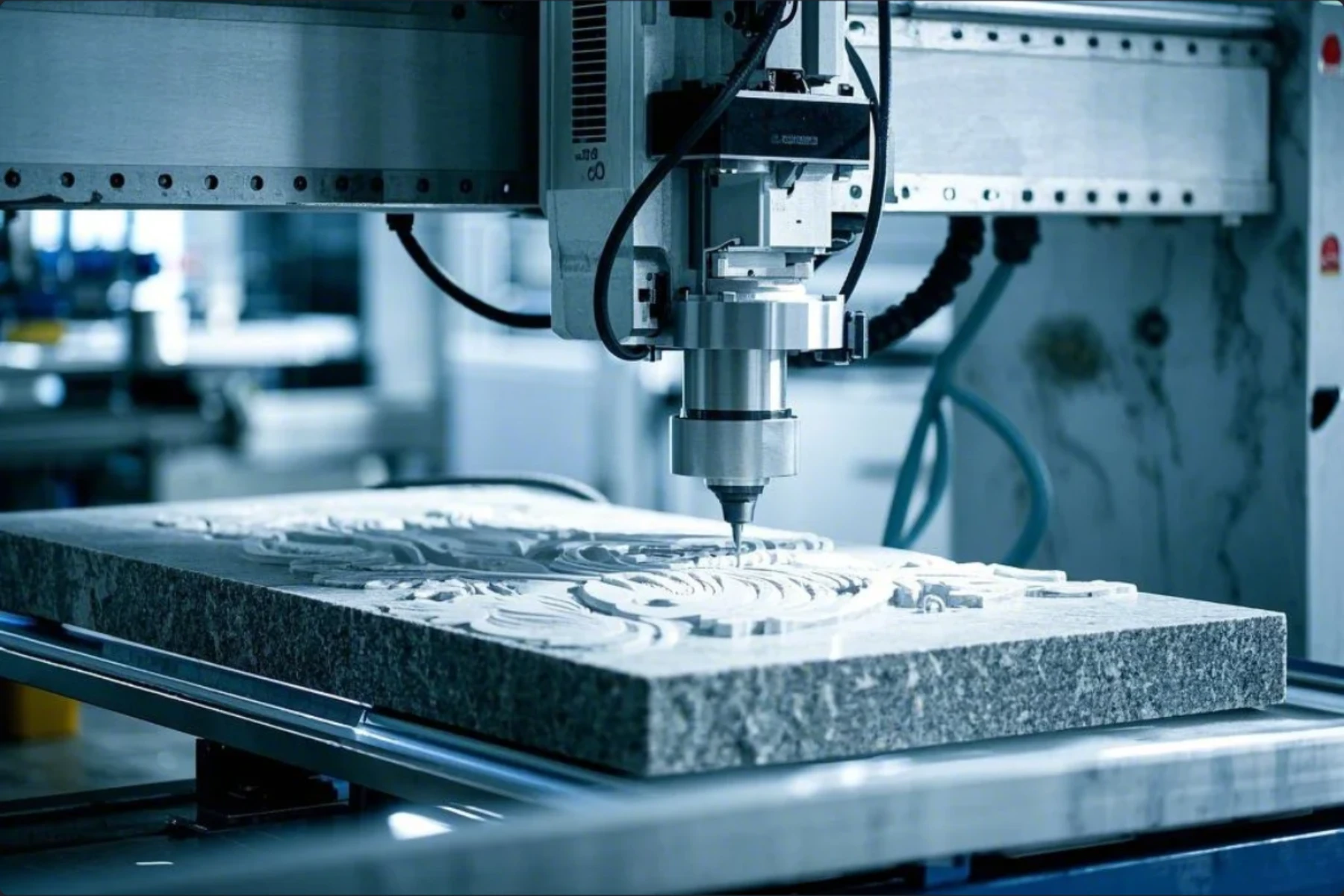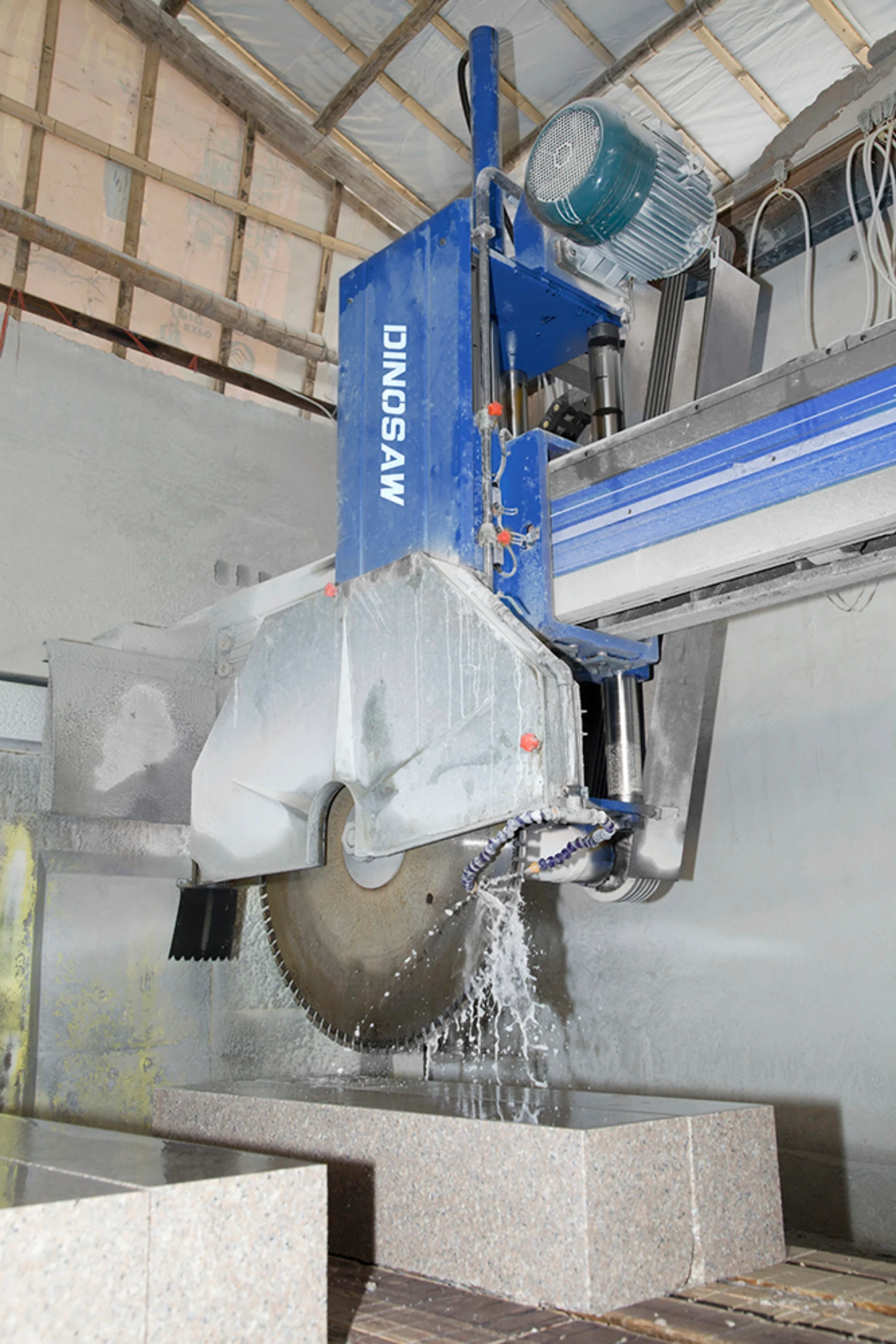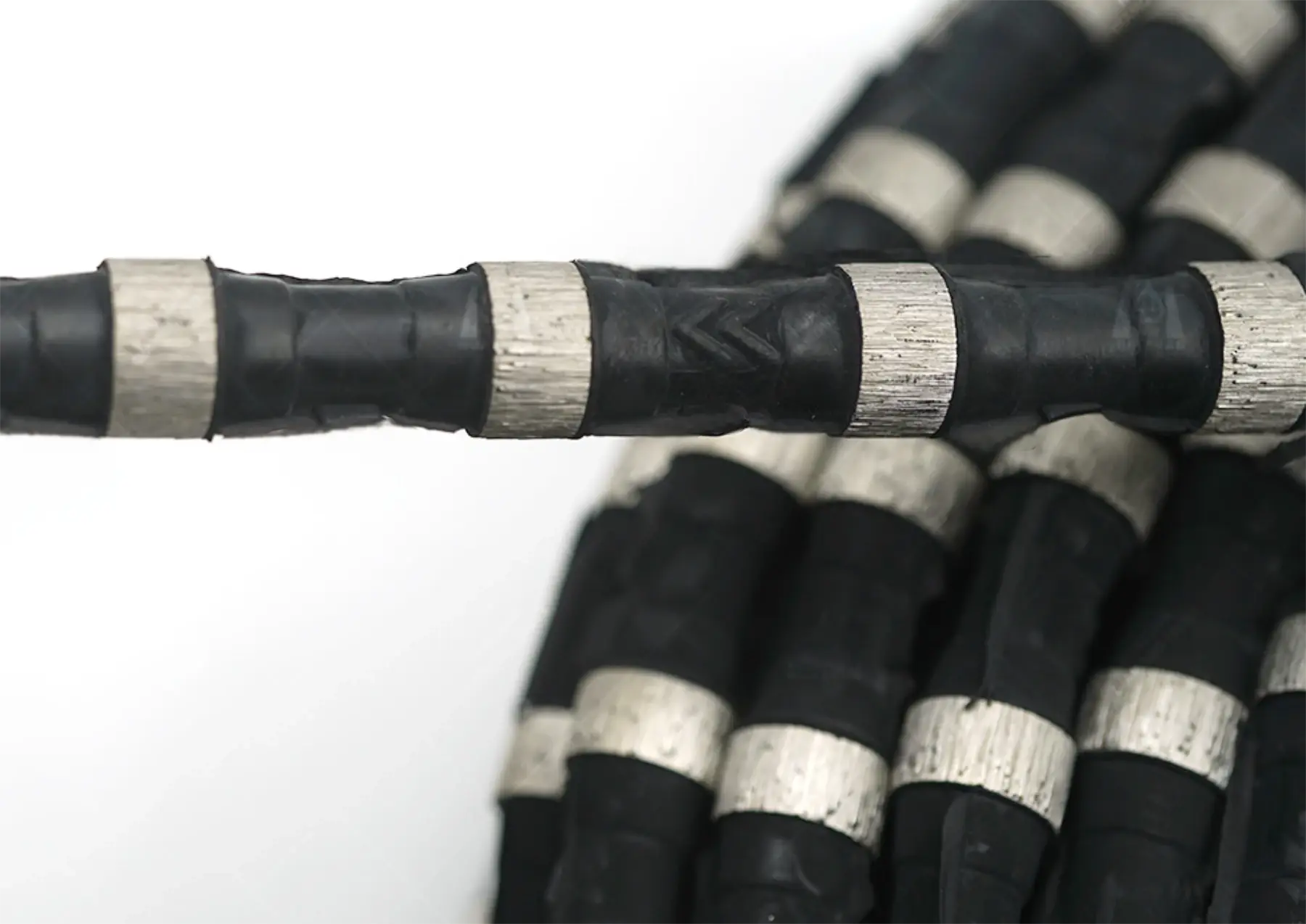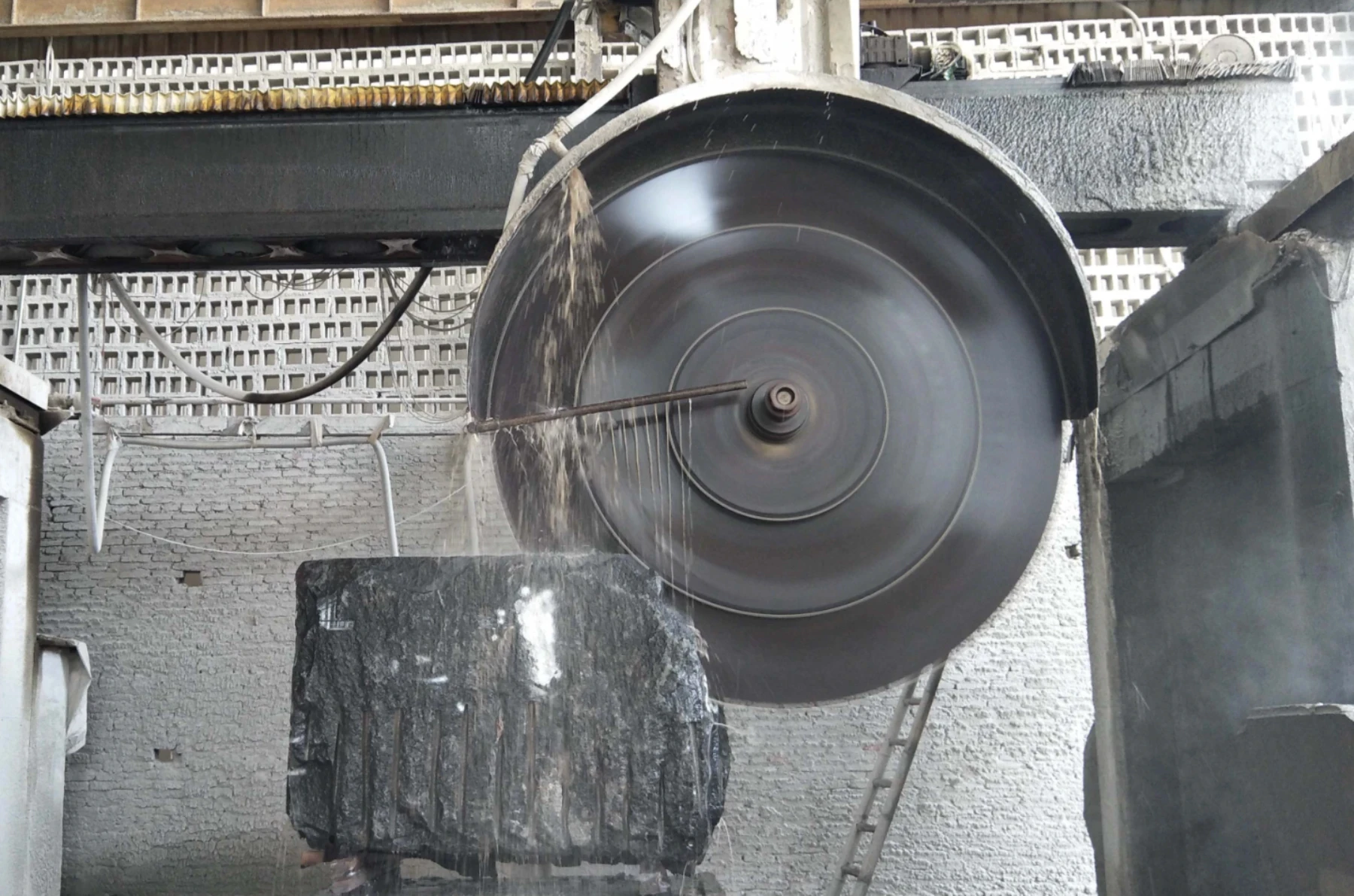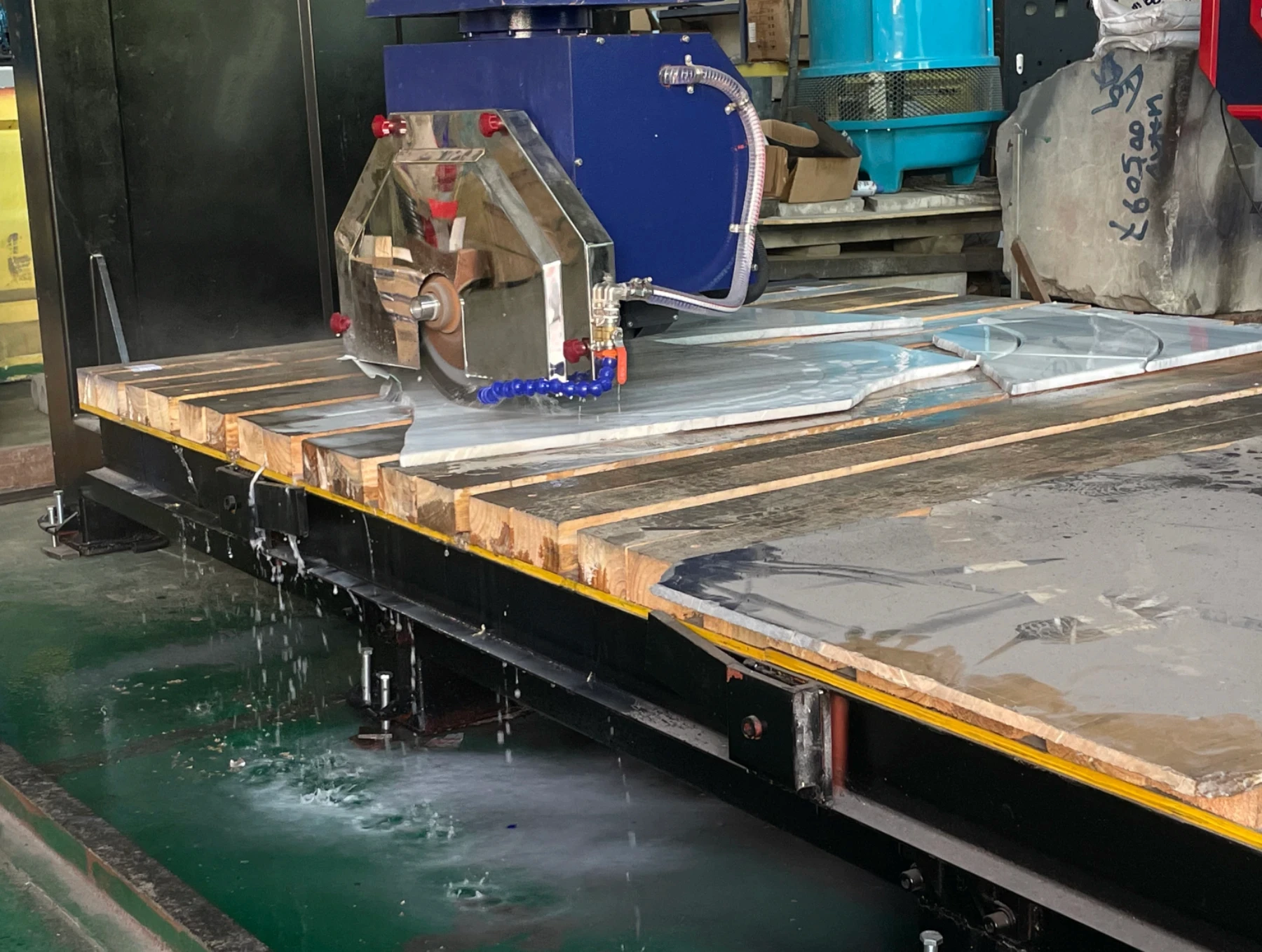
Why Carbon Fiber Cutting Defines Industrial Competitiveness
Carbon fiber has become a cornerstone of modern manufacturing, driving advancements in aerospace, automotive, and robotics. Its lightweight strength makes it irreplaceable—until cutting errors derail progress.
Studies reveal that nearly one-third of carbon fiber component failures trace back to flawed cutting processes. For example, a leading automotive manufacturer faced a multimillion-dollar recall after microscopic fraying in cut edges compromised battery casing seals. Such incidents highlight a harsh truth: precision in cutting isn’t optional—it’s the foundation of product reliability.

The stakes go beyond quality. Carbon fiber’s high cost means every cutting mistake directly erodes profit margins. Even a 1% improvement in accuracy can slash post-processing costs by 5%, according to industry analyses.
Regulatory risks add urgency. Inadequate dust control during cutting can trigger fines or shutdowns under workplace safety laws. For industrial decision-makers, optimizing carbon fiber cutting isn’t just about technology—it’s about securing compliance, profitability, and market leadership.

Keep Reading to solve your Carbon Fiber Cutting problems:
This guide unpacks proven strategies to turn cutting challenges into competitive advantages.
Let’s dive into the tools, techniques, and data-driven decisions that separate industry leaders from the rest.
Need a custom carbon fiber cutting solution?
Contact DINOSAW now! Our expert team delivers precision and efficiency.

Carbon Fiber Cutting Methods Compared – How to Choose the Right one
Laser Cutting
Laser cutting delivers unmatched precision for thin carbon fiber sheets (under 5mm).
Its non-contact process eliminates tool wear, ensuring consistent quality.
However, high-power lasers require significant upfront investment, making them ideal for large-scale operations. Thermal damage remains a risk—improper settings can weaken resin bonds.
Best for aerospace brackets or medical device components.

Waterjet Cutting
Waterjet excels at cutting thick carbon fiber (over 10mm) without heat distortion.
Its abrasive stream handles layered composites flawlessly.
Downsides include slower speeds and higher maintenance costs due to nozzle wear.
Ideal for shipbuilding or wind turbine blades where structural integrity is non-negotiable.
CNC Machining
CNC cutting machines and routers dominate carbon fiber tubes and complex 3D shaping, like carbon fiber robotic arm joints or custom automotive molds.
Their automated workflows suit high-volume production. But rapid tool wear drives up costs, and dust extraction systems are mandatory to protect machinery.

Ultrasonic Cutting (Emerging Tech)
This method reduces delamination risks in sensitive aerospace preforms.
It generates minimal dust, improving workplace safety. Limited adoption and slower speeds make it niche—reserved for ultra-high-value parts like satellite components.
What’s the best way to cut carbon fiber without fraying?
By selecting the appropriate method based on your project requirements.
Ask three questions:
Material thickness? Thin sheets → Laser. Thick plates → Waterjet.
Part complexity? Simple shapes → Laser/Waterjet. 3D curves → CNC.
Budget? Tight → Outsource. Flexible → Invest in automation.

Safety and Cost Control – Non-Negotiables
Dust Management
Carbon fiber dust damages lungs and equipment. Install Filtered extraction systems and enforce sealed workspaces. Regular air quality tests prevent OSHA violations.
Tooling Costs
Pay-per-use contracts with suppliers reduce upfront expenses. Real-time wear sensors predict failures before breakdowns occur—saving $10k+ monthly in unplanned downtime.
Energy Efficiency
Smart power modes cut energy use by 40% during idle periods. Closed-loop waterjet systems recycle 90% of water, aligning with sustainability goals.

FAQs: Industrial Solutions for cutting Carbon fiber
How do I choose between laser cutting and CNC for carbon fiber?
Laser cutting is faster for carbon fiber sheets (<5mm) and complex 2D shapes.
CNC machining is better for 3D carbon fiber parts, thick materials, or when edge polishing is required.
Budget tip: Use laser for prototyping and CNC for mass production.
Is carbon fiber dust dangerous? How to manage it?
Risks: Inhalation can cause lung irritation; conductive dust may short-circuit electronics.
Solutions:
Install filtered extraction systems.
Use water-assisted cutting to suppress dust.
Enforce PPE: respirators, goggles, and anti-static clothing.

Can I recycle carbon fiber cutting waste?
Yes. Work with specialized recyclers who grind scraps into reusable fibers or non-woven mats.
Note: Recycled material has ~80% strength of virgin carbon fiber but costs 50% less.
Why does my CNC tool wear out quickly when cutting carbon fiber?
Cause: Carbon fiber’s abrasiveness accelerates tool wear.
Fix:
Use diamond-coated or polycrystalline diamond (PCD) tools.
Reduce spindle speed by 20% and increase feed rate slightly.

What’s the maximum thickness for laser cutting carbon fiber?
Standard CO₂ lasers: Up to 10mm (requires multiple passes).
High-power fiber lasers: Up to 20mm (industrial-grade systems only).
Alternative: For thicker materials, switch to waterjet cutting.
How to prevent delamination when drilling carbon fiber?
Pre-drilling: Use a carbide step drill bit.
Technique:
Start with a small pilot hole (1-2mm).
Gradually increase drill size in 0.5mm increments.
Use a backing board to support the material.

How accurate is waterjet cutting for carbon fiber?
Typical tolerance: ±0.1mm for parts under 50mm thickness.
For tighter precision: Combine waterjet rough cutting with CNC finishing.
How to get Your carbon fiber cutting Plan
Industrial carbon fiber cutting isn’t just about tools—it’s about strategic choices. Leaders who master precision, cost control, and innovation will dominate tomorrow’s markets.
DINOSAW provides CNC carbon fiber cutting machines,waterjet and diamond tools for these machines.Of course, customization is also supported。
Ready to optimize your carbon fiber cutting process? Contact DINOSAW to start today.




